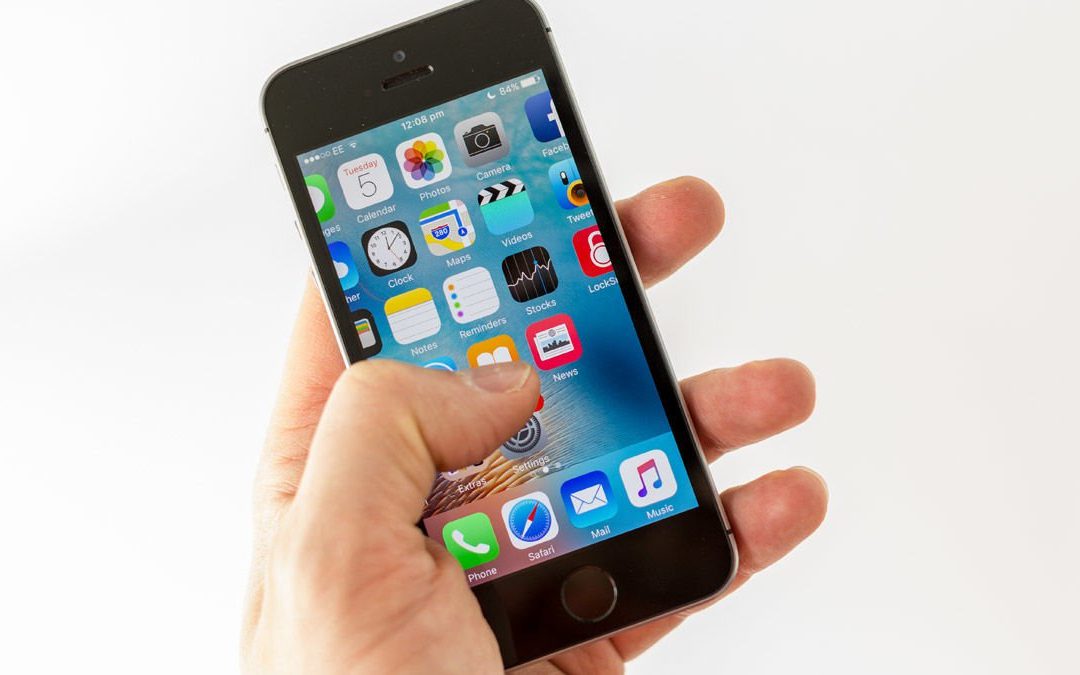While we know that genomic biotechnology is outpacing Moore’s law of IT, the most transformational tool in healthcare over the past decade is arguably the cellphone. Patients who have their doctor’s personal cellphone usually come out far ahead in terms of not just their clinical outcome and speedier return to health, but also in their overall healthcare spend compared to those who don’t.
Studies have shown that in certain parts of the country nearly 80% of ER visits are for medical conditions which can be safely and responsibly treated in the outpatient setting. Acute infections, headaches, asthma exacerbations, panic attacks, rashes, minor lacerations, and fractures that don’t need surgery are all simple ailments that primary care physicians can comfortably treat with excellent results. However most of them occur after-hours or on weekends when primary care and family practice offices are closed. And even for those which occur during normal business hours, patients are often told that their family doctor is too busy to see them and they “better just go to the ER”. Translation: “Go wait in an uncomfortable chair for a few hours so you can drop about $3000 for something we could take care of for a $100 if we weren’t so doggone busy”
The problem is that ER visits usually lead to exorbitant fees for very simple services and procedures. A urinary tract infection (UTI) can be diagnosed in any clinic with a urine test which costs several pennies and a generic antibiotic which costs $4 at most pharmacies, and yet an ER visit for this condition can easily approach $1000. A simple cut that needs stitches can be treated by a family physician with very little overhead, and yet usually results in an ER bill of thousands of dollars. The recent rise of free-standing emergency rooms which appear under the guise of urgent care centers but which charge fees that are every bit as exorbitant as hospital-based ERs do little to help the situation.
Not only is there the issue of access to obtain the initial treatment, there is also the issue of follow-up. Not all conditions which are initially diagnosed as UTIs end up going away with the prescribed medication. Some are resistant, others need an extra round of antibiotics, and still others are ultimately found to be misdiagnosed, the true cause of symptoms only being discovered later with additional testing. The usual choices for patients are far from convenient, efficient, or reassuring. Should I just go back to the ER when I’m not feeling better? What is the worst thing that can happen if I don’t go in? What if my family doctor is too busy to see me in the next few days after the ER discharges me? Does she even know I was in the ER? How long can I wait before finding someone else to see me if I’m not getting better?
These are all questions faced by countless people nationwide on a daily basis, and understandably this contributes to the overuse of ERs for an enormous variety of conditions that are non-lifethreatening, especially when they are caught early.
The simple cure for this problem is to be established in a primary care practice that gets to know you as a person, has a clear understanding of your medical history, and provides you with unlimited access to your personal physician’s cellphone and email. While this is utterly impossible to do in the conventional fee for service insurance-based model, it is the norm in Direct Primary Care (DPC) programs which are springing up nationwide.
Our patient-members at Cloud Medical DPC based in Boulder and Longmont, Colorado obtain their primary care physician’s cellphone and email as a matter of course immediately upon enrollment. For more real world examples see this article.
Cheers,
Dr. T and your Cloud Medical Team

